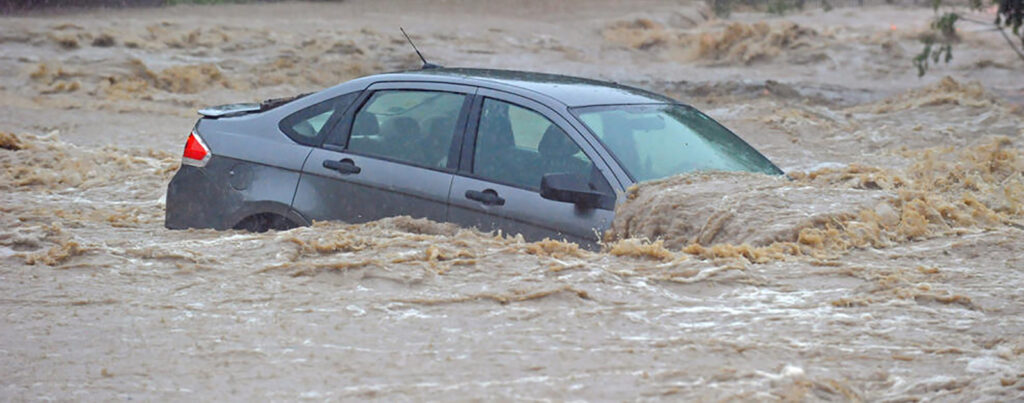After the Flood, Building Safer and Smarter
Images of Houston underwater are still fresh in our collective memory, and now add Ellicott City, Maryland and the floodwaters raging down Main Street.

Floods are a natural part of life on a river. But scientists say that severe floods will happen more often as climate change worsens – compounded by the paving over of wetlands and building in floodplains.
After any flood subsides, our natural reaction is to want to rebuild as soon as possible. Everyone wants to help communities get back on their feet and rebuild quickly. But in a world where disastrous storms happen more and more frequently, it’s just as important to make sure that communities are rebuilt better and smarter, so they will be safer and more resilient in the face of the next deluge.
How do we do that? First, we make certain we’re rebuilding in the right places. Floodplains and wetlands often receive the brunt of the impact from storms and floods because that’s exactly how they are supposed to work. Properly managed, they provide buffers that can protect lives and property from the impacts of floods, often more effectively and much more economically than artificial barriers like dams and levees. A single wetland acre, saturated to a depth of one foot, retains 330,000 gallons of water — enough to flood thirteen average-sized homes thigh deep.
When we alter and build in floodplains, we compromise these natural defenses and put lives, homes and businesses in harm’s way. Wherever possible, flood-damaged communities should consider how they can preserve these natural defenses to provide dependable flood protection and avoid risk to property.
Second, we must ensure that we are rebuilding in the right way. Individuals can take advantage of state and federal programs for buyouts and relocations to build their new homes on higher and safer ground. Some communities, such as Valmeyer, Illinois and Charlotte-Mecklenburg, North Carolina decided to move entire portions of their towns to higher ground following repeated flooding.
Unfortunately, President Trump rescinded a critical rule that required rebuilding federal infrastructure to higher standards following floods. Despite the administration’s failure, communities should develop and enforce zoning and building codes that ensure new structures are sited and constructed to be flood-resilient.
Third, we must reject outdated flood control approaches. In the past, many cities and towns reacted to floods by building dams, levees and floodwalls, channelizing rivers in concrete straitjackets – an approach that actually increases flood damage downstream. Billions have been spent on dams, levees and other flood control structures, but we have been largely unsuccessful in “controlling” anything. Flood damages have continued to increase nationwide, costing taxpayers, families, businesses and the environment.
We now know that often the best way to reduce flood damage, and to safeguard people and property, is by avoiding development in floodplains, re-connecting rivers with their floodplains and by protecting and restoring wetlands. After decades of sustaining major flood damage, Vermont now actively promotes these natural flood-management solutions, as opposed to building more and bigger dams, levees and floodwalls. Recent projects in California’s Central Valley prove that reconnecting rivers to floodplains has multiple benefits for flood protection, water supply, fish and wildlife habitat and recreation.
These lessons apply to communities coast to coast, big and small, urban and rural. Our elected officials at the local, state and federal levels should place new emphasis on the restoration of natural flood protection as the most cost-effective way of safeguarding lives and property.
Congress is currently considering a Water Resources Development Act to improve the Army Corps of Engineers. Our elected leaders should require the Army Corps to fully consider natural infrastructure approaches when developing flood risk reduction projects. We know how to keep communities safe. Will Congress act?




2 responses to “After the Flood, Building Safer and Smarter”
Good read, thanks for sharing.
TO WHOM IT MAY CONCERN I AM A VIETNAM VET. AWAYS TAKE CARE OF THE HOME FRONT FIRST. THEN TRY AND HELP THE WORLD